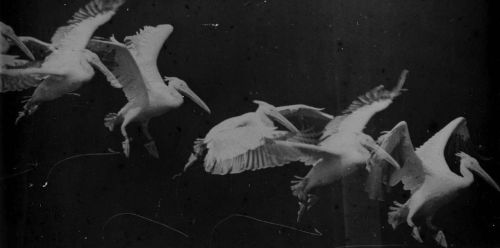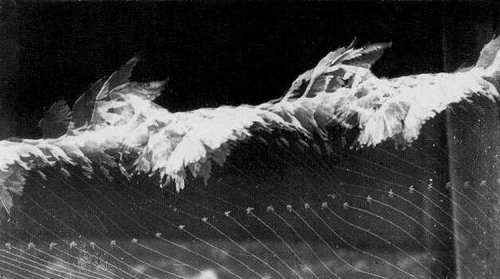PHYSICS & ART: BODIES IN MOTION VS. TIME Étienne-Jules Marey (French, 1830-1904) &Eac
PHYSICS & ART: BODIES IN MOTION VS. TIME Étienne-Jules Marey (French, 1830-1904) Étienne-Jules Marey was a French physiologist known for recording the visualized movements of bodies in motion over time. Marey’s focal point of study was movement itself, rather than the traditional subject: the human body. The movements become separate entities abstracted from the “material body;” the lines created from movement become independent from the body. His technology and work developed animated photography into a new field called, chronophotography. Marey’s innovative method was to capture several phases of movement on a single image. His search began when he desired to understand the motion of a bird’s wings in flight. He attached a bird to a harness, so the movements of its wings (connected to wires and levers) created lines etched onto charcoal-blackened paper, which were foiled in a revolving cylinder. He then, moved on to the human body, a more complex entity, with several mechanisms. Although his work dealt significantly with the advancement of cardiology, physical instrumentation, and aviation, he is considered to be an innovator and pioneer of photography and instrumentally influential in the history of cinema. Towards the end of his life, Marey began to study the movement of abstract forms, such as the observation of smoke trails from a smoke machine he built in 1901. (Figures 2, 3, & 4 ) [images via 1, 2,] -- source link
#science#photography#cinematography#history#vintage#animals#wordsnquotes#Étienne-jules marey#chronophotography#photoset#photos#physics#victorian#psychedelic








